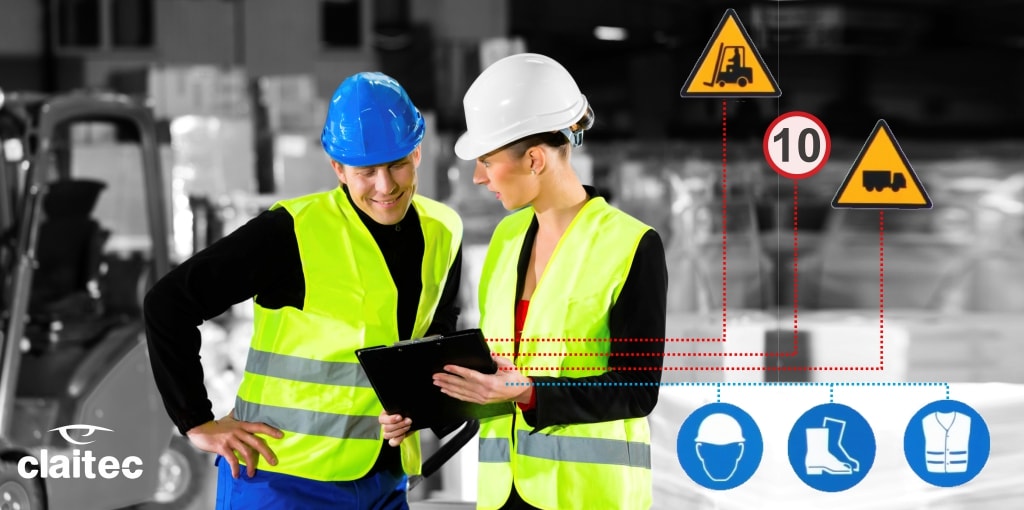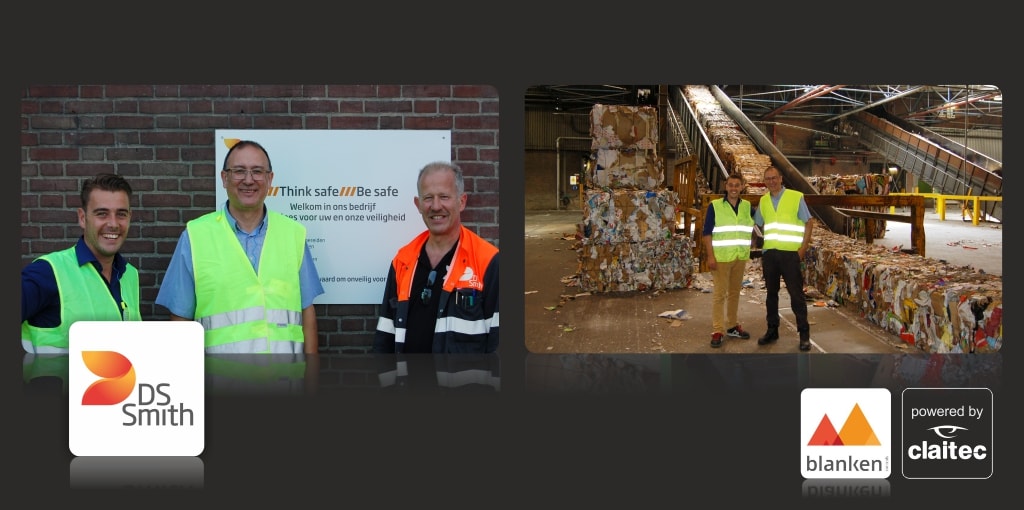Achieving optimal levels of workplace safety in the industry has been the main topic of interest for various international organisations.
Various proposals and recommendations are currently being published to act as the basis for the establishment of health and safety systems in companies of different nature.
The International Labour Organisation (ILO) has undertaken the task of describing the basic elements all companies must have in order to eliminate or minimise risks to employees’ health and the chances of accidents in their workspaces.
The suggestions listed below are the minimum requirements all companies must meet to secure basic safety needs.
Research and risk analysis
Research and risk analysis in all areas where work takes place is an essential requirement for a company. It is important to keep track of all elements that may pose a danger to the welfare of employees and take appropriate measures to solve them.
In addition to examining the possible causes of accidents, it’s important to take into account the existence of any agents that might be harmful to the health of individuals working there. An inspection and registration process should be conducted regularly, and it must also include any incidents occurred during this period.
Providing access to workers
The information obtained as a result of the above safety inspections and analysis is not to be used exclusively by the company. All workers should have access to reports that fall within their area of operation, and should preferably be notified by their own employers of their publication.
Employees need to know all the potential risks they may encounter when carrying out their activities, and the protection and safety measures that apply in each event. In cases of high risk or when so deemed necessary, employees must receive appropriate training.
Equipment care
Machinery and work equipment must be safe and be in proper condition at all times. Regular maintenance must be carried out for this purpose.
Likewise, systems and industrial processes should be established with the welfare of the workers in mind. When necessary, the physical and mental capacities of a person should be taken into account before assigning a task.
Besides the relevant training, it is also necessary to adapt the process to the worker. Should special protective clothing or equipment for a given work be required, the company must supply it without expecting the workers to pay for it.
Use of chemical or biological agents
When chemical or biological agents are used, the appropriate conditions must be provided in order to minimise the risks posed by them. All hazardous products must be properly and conspicuously labelled so as to be easily identified. Instructions and technical specifications of all substances must be made available to workers. Whenever possible, you should replace the use of harmful products by harmless or less hazardous versions.
Appropriately informing workers
All workers who may run into some risk while doing their jobs must receive all the necessary information about it – highlighting the dangers, consequences and safety measures that will prevent these risks. It is preferable to reduce the number of workers at risk to a minimum, including those performing high-risk activities and those who are exposed to adverse health conditions. These workers should be regularly monitored and they must register every eventuality related to their work.
In addition to safety procedures, in order to be able to react quickly to an accident, it is necessary for employees to be familiar with emergency response measures and first aid application.
The staff is also responsible
It should also be mentioned that the responsibility for the welfare of workers does not fall solely on employers. Workplace safety and health measures must be followed diligently by all staff.
While it is the duty of managers to provide all information concerning job safety, employees must comply with these measures, use personal protective equipment properly and follow the emergency procedures when appropriate.
Workers may also make contributions to improve enterprise safety models. So where a person considers that a risk to their welfare is not covered by safety procedures, he or she must immediately report it to their supervisors, who should not require the resumption of work to take place until the appropriate measures have been implemented.
It is recommended that companies devote efforts to create a culture of risk prevention and healthy working conditions in their facilities.
Safety systems upgrades
Last but not least, it is vital not to forget that the recommendations set out by the ILO are constantly being reviewed and updated, always adapting to new technologies and procedures as required by each different environment.
It is therefore also necessary for companies to upgrade their safety models and keep themselves informed about the changes indicated by these organisation. One way to achieve this is to work hand in hand with local and national authorities in charge of checking and regulating the relevant normative for the adoption of health and safety measures appropriate in each case.


